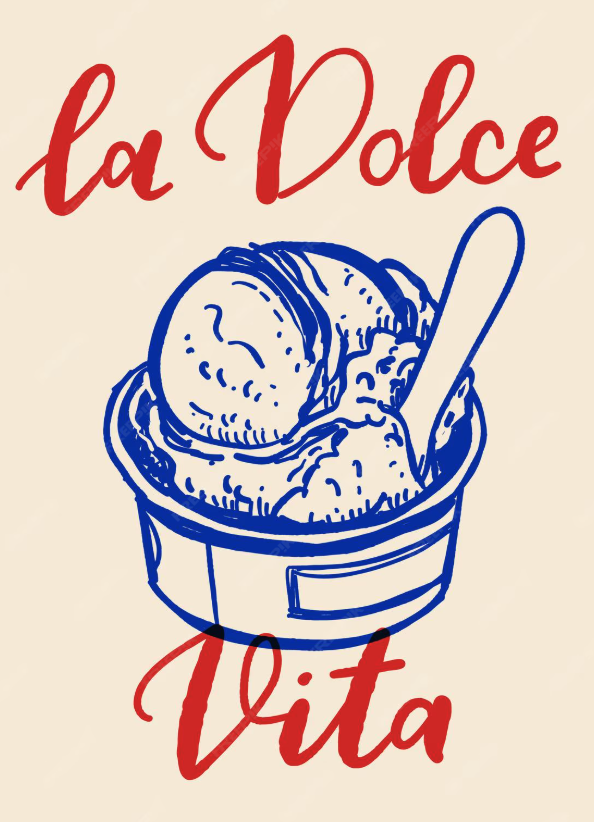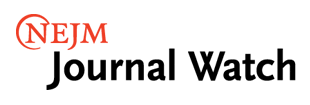An ongoing dialogue on HIV/AIDS, infectious diseases,
September 19th, 2025
Two Drugs, Not Three: The DOLCE Study in Advanced HIV Disease
 Three-drug therapy has been the standard of care for HIV therapy for so long it’s difficult to shake the view that it must be more effective than two drugs. This is particularly the case for those with advanced, HIV-related immunosuppression or very high viral loads, as they provide an important stress test for all regimens.
Three-drug therapy has been the standard of care for HIV therapy for so long it’s difficult to shake the view that it must be more effective than two drugs. This is particularly the case for those with advanced, HIV-related immunosuppression or very high viral loads, as they provide an important stress test for all regimens.
Remember the pivotal GEMINI studies, comparing initial two-drug treatment with DTG/3TC with three-drug regimens of TDF/FTC plus DTG? Overall, they found that the two-drug arm was noninferior in virologic response. But because of concerns about inadequate activity of using fewer drugs, the trial excluded participants with HIV RNA >500,000. Plus, in the small number of those who started with CD4 <200, the results hinted at a suboptimal response in the DTG/3TC arm.
Now, along comes the DOLCE study, which had an entry criterion that required a CD4 <200, limiting the study population to people with advanced HIV disease — a bold move. Conducted in Argentina and Brazil, DOLCE enrolled treatment-naive participants who then were randomized 2:1 to receive open-label DTG/3TC (given as a single pill) or TDF/XTC plus dolutegravir (DTG). Concomitant chronic hepatitis B was exclusionary.
If you’re new to this HIV treatment business, allow me this geeky digression: “XTC” here doesn’t refer to the 1980s New Wave band, but to lamivudine (3TC) or emtricitabine (FTC), which are interchangeable from a safety and virologic perspective. The names come from their chemical structures — 3TC from one of the 3’s in 2′,3′-dideoxy-3′-thiacytidine, FTC from its fluoro group. And yes, confusingly, lamivudine is “L” in TLD, the abbreviation for tenofovir-lamivudine-dolutegravir. Got it? There will be a quiz.
Ok, back to the study. DOLCE enrolled 229 participants, 152 assigned to DTG/3TC, and 77 to TDF/XTC + DTG. At baseline, the median CD4 cell count was 116, and the viral load was 151,000. Fully a third of the participants would not have qualified for the GEMINI trials, as 23% had viral loads >500,000, and 10% greater than 1 million.
At week 48, 82% in the DTG/3TC arm and 81% in the triple-therapy group achieved viral suppression (<50 copies/mL). Time to virologic suppression and CD4 outcomes were similar, with no hint that three drugs performed better. Notably, responses remained comparable with both strategies even in the group with very high viral loads (>500,000). No treatment-emergent resistance occurred.
All studies have limitations, and this one is no exception — each acknowledged by the authors. The DOLCE trial was relatively small and not powered in its primary analysis to make specific claims about noninferiority (though a post-hoc analysis suggested it would meet standard noninferiority criteria). Plus, as an open-label trial, the DTG/3TC arm had the benefit of a single-pill formulation, which was not the case in the three-drug arm. With only two South American countries participating and the study being predominantly men, the results might not be applicable in other settings, though there is no obvious reason to doubt effectiveness in broader populations.
Limitations notwithstanding, credit to the investigators for filling this gap in knowledge about DTG/3TC with a challenging patient population. The astute (and always quite witty) Dr. Laura Waters wrote a fine accompanying editorial, appropriately stating that the data are reassuring from the virologic and safety perspective — and noting that the underperformance of DTG/3TC in GEMINI was likely unrelated to its antiviral activity.
But she also noted that still missing is a clear benefit of two drugs over a regimen that contains TAF (not TDF)/FTC plus either DTG or BIC — none of the studies to date have found evidence that “less is more” when it comes to this comparison, which was not done here. It may turn out that the true advantage of the three-drug regimens with DTG or BIC is not that they’re three drugs with greater anti-HIV activity — but that they contain tenofovir, which has a happy additional effect of being a highly effective treatment and preventive strategy for hepatitis B.
Now take it away, XTC! And this time I don’t mean 2′,3′-dideoxy-3′-thiacytidine.


Very good to see more 2 drug data Paul, that being said I think “old habits die Hard” applies to those of us who have been treating patients since the AZT mono therapy days and are very content using effective 3-drug STRs for most of our patients. That being said, these data may impact the guidelines and also may cost $$$ less, so an economic analysis woukd be of interest. Thanks as always for keeping us thinking
Love that XTC reference… and video!
Over the last few years of my career treating patients with HIV (I started in 1987 and retired last year)I treated some of my Brazilian patients who were well controlled, with undetectable viral loads and good numbers of CD4 cells, with just lamivudine and dolutegravir. Outcomes were as good as with triple regimens, either those dolutegravir-based or protease-inhibitor (DRV/RTV) based.
My question is why 20% of patients did not achieve virological response to one of the more robust scheme we have right now? What was the reason? Thanks Dr. Sax for keepeng us updated.
Those are participants who dropped out, or were lost to follow-up, or for some reason didn’t come in for their 48-week result. Sometimes referred to as “missing equals failure.”
-Paul
Thank you very much for your kind response, Dr. Sax.
Disagree with the argument that there is no clear advantage to a two drug regimen:
– Shifting to a two drug regimen would result in massive cost savings for governments in resource limited settings with large populations receiving ART.
– Extensive evidence that the TAF-XTC-DTG combination results in substantial weight gain in women in sub-saharan africa. Hence why South Africa and other countries continue to use TDF despite the drawbacks of TDF. If we switched to two drug regimens we could potentially reduce risk of both of these toxicities (weight gain, osteoperosis).
The data do not support a weight benefit of DTG/3TC compared to the current standard of care in RLS, which is TLD (TDF/lamivudine/DTG). Just the opposite — TLD suppresses weight, and the loss of TDF in the regimen will lead to more weight gain.
Similarly, almost all studies show that weight trajectories with TAF/XTC + INSTI have comparable outcomes to DTG/3TC.
Agree that bone and renal outcomes would be better with DTG/3TC than TLD, especially long-term and in older PWH.
-Paul
I witnessed many patients die from renal toxicity caused by tenofovir in low-resource settings in Africa, where creatinine testing is often not routine. A two-drug regimen without tenofovir would be incredibly beneficial when laboratory capacity is limited.
Great and thought provoking post as always. Wondering what your thoughts are about whether our old mantra of 3 drugs was a reflection of our poor drugs at the time (low genetic barrier to resistance and unfavorable side effect profiles and dosing regimens) vs INSTI. Is it really 2 vs 3 drugs that’s the issue or INSTI vs the need for 3 drugs in older trials with PIs and NNRTIs? There’s some small but intriguing data with INSTI mono therapy (EARLY-SIMPLIFIED, DluMono, ) but less so in MONCAY. Any thoughts on durability? Now that we have patients on regimens for 30+ years how long is long enough in a trial to change from standard of care would 2 vs 1 or 3 vs 2 be better over a longer time frame? That said, other than CAB/RPV- LA I’m old school and still mostly a 3 drug person.
I always suspected each drug would get from 99 to 99.99% of virus in a patient so if a weak drug like a nuke reduces virus by only 99% but an INtegrase inhibitor reduced by 99.95% the additive effect of 2,3 or even 4 drugs could be predicted by exponential addition ( so 3 ninety nine percent drugs might be the
Same as 2 of the 99.9% drugs ).
Maybe as drugs get more potent fewer drugs will be needed.
I also think “generals and majors “ is the best XTC song!